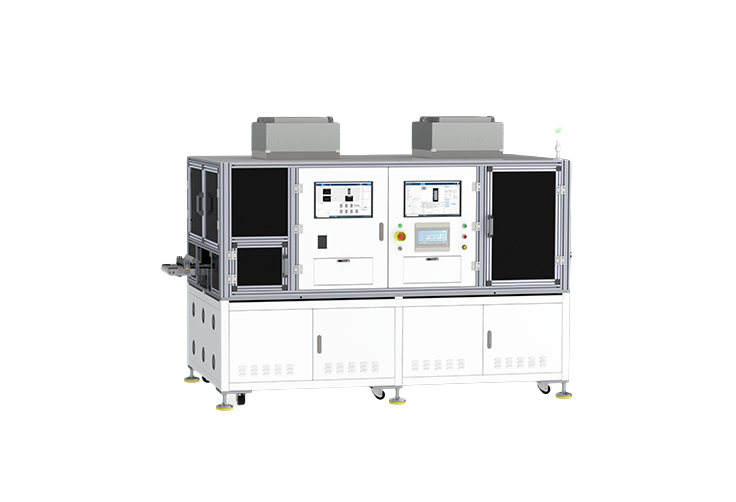-
Items
There are 46 defects in total, such as scratches, folding mark, dirt, depression, flatness, color abnormal spots, pole lug folding, pole lug deformation, suction nozzle print, and poor barcode, etc.
-
Advantages
Based on the self-developed TimesAI platform, it supports secondary development and enables rapid iteration of models; The average time for one button type change is 30 minutes, which is far lower than the entire type change time of the lithium battery production line; Achieve high-precision detection of defects such as wear, deformation, impression, and scratches in complex scenes; Achieving zero missed detection of fatal defects; Full process visual positioning to avoid secondary damage to the electrical core caused by mechanical movement.
-
Effects
Each AOI device can replace 8 testing workers. Avoid subjective misjudgments and missed judgments caused by manual testing, maintain unified quality inspection standards, and improve the factory yield of battery cells.





